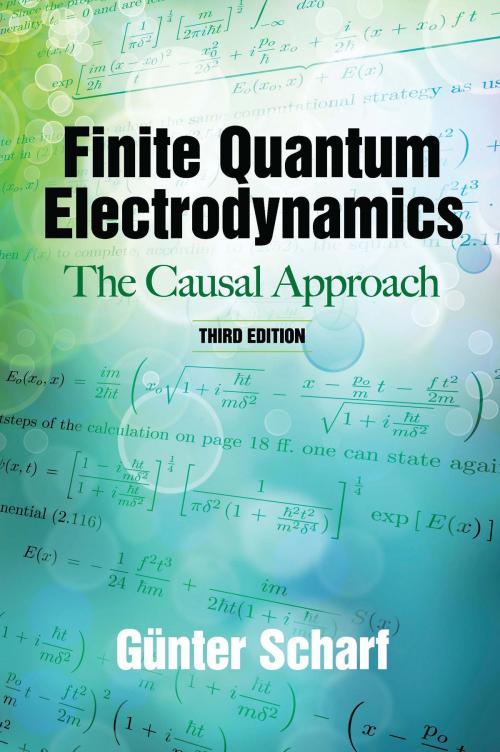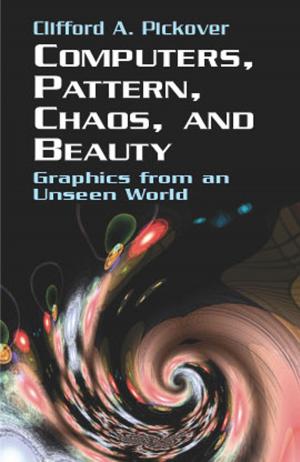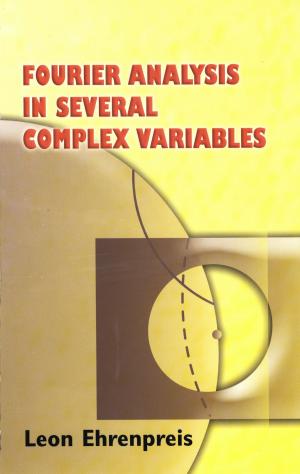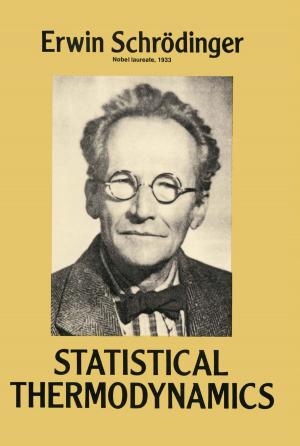Finite Quantum Electrodynamics
The Causal Approach, Third Edition
Nonfiction, Science & Nature, Science, Physics, Quantum Theory| Author: | Gunter Scharf | ISBN: | 9780486782287 |
| Publisher: | Dover Publications | Publication: | April 7, 2014 |
| Imprint: | Dover Publications | Language: | English |
| Author: | Gunter Scharf |
| ISBN: | 9780486782287 |
| Publisher: | Dover Publications |
| Publication: | April 7, 2014 |
| Imprint: | Dover Publications |
| Language: | English |
In this classic text for advanced undergraduates and graduate students of physics, author Günter Scharf carefully analyzes the role of causality in quantum electrodynamics. His approach offers full proofs and detailed calculations of scattering processes in a mathematically rigorous manner. This third edition contains Scharf's revisions and corrections plus a brief new Epilogue on gauge invariance of quantum electrodynamics to all orders.
The book begins with Dirac's theory, followed by the quantum theory of free fields and causal perturbation theory, a powerful method that avoids ultraviolet divergences and solves the infrared problem by means of the adiabatic limit. Successive chapters explore properties of the S-matrix — such as renormalizability, gauge invariance, and unitarity — the renormalization group, and interactive fields. Additional topics include electromagnetic couplings and the extension of the methods to non-abelian gauge theories. Each chapter is supplemented with problems, and four appendixes conclude the text.
In this classic text for advanced undergraduates and graduate students of physics, author Günter Scharf carefully analyzes the role of causality in quantum electrodynamics. His approach offers full proofs and detailed calculations of scattering processes in a mathematically rigorous manner. This third edition contains Scharf's revisions and corrections plus a brief new Epilogue on gauge invariance of quantum electrodynamics to all orders.
The book begins with Dirac's theory, followed by the quantum theory of free fields and causal perturbation theory, a powerful method that avoids ultraviolet divergences and solves the infrared problem by means of the adiabatic limit. Successive chapters explore properties of the S-matrix — such as renormalizability, gauge invariance, and unitarity — the renormalization group, and interactive fields. Additional topics include electromagnetic couplings and the extension of the methods to non-abelian gauge theories. Each chapter is supplemented with problems, and four appendixes conclude the text.















